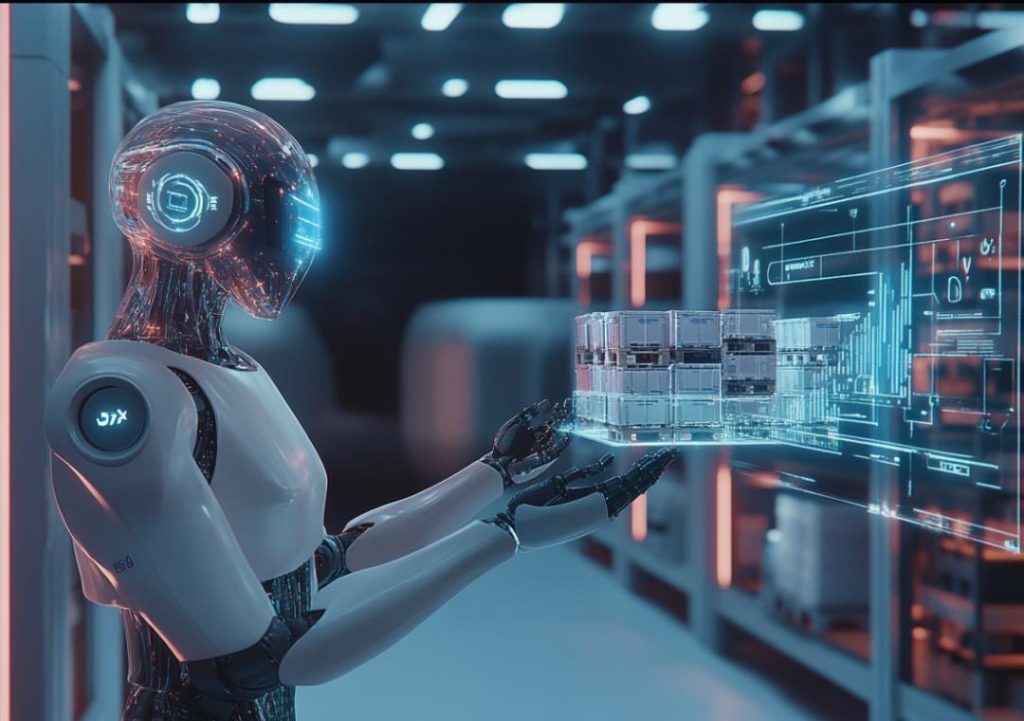
Why only AI-backed automation counts
In today’s fast-paced digital landscape, automation has become a staple for businesses seeking to streamline processes, enhance efficiency, and reduce costs. However, traditional automation methods often fall short, particularly when faced with unpredictability. This is where AI-backed automation comes into play, offering a game-changing solution that enables bots to adapt to unstructured inputs like free text or vague emails.
In this blog post, we’ll delve into the limitations of traditional automation and explore how incorporating machine learning (ML) into automation projects can boost success by anticipating rather than just reacting.
The limitations of traditional automation
Traditional automation relies on rigid rules-based systems, which are designed to perform specific tasks in a predictable and structured environment. While these systems can be effective in controlled situations, they often struggle when faced with unstructured data, such as free text or vague emails. This is because traditional automation is based on predefined rules and patterns, which can’t cope with the complexity and variability of human language.
For instance, consider a customer service team that uses traditional automation to respond to customer inquiries. While the system might be able to handle a high volume of requests, it may struggle to understand the nuances of human language, leading to inaccuracies and misunderstandings. This can result in a poor customer experience, negative reviews, and a loss of trust.
The power of AI-backed automation
AI-backed automation, on the other hand, is designed to learn and adapt to new situations, making it an ideal solution for handling unstructured data. By integrating ML into automation projects, businesses can create bots that can:
- Understand natural language: AI-powered bots can comprehend human language, including nuances, idioms, and colloquialisms. This enables them to accurately interpret customer requests and respond accordingly.
- Learn from data: ML algorithms can analyze large datasets, identifying patterns and relationships that can inform decision-making. This allows bots to adapt to changing circumstances and improve their performance over time.
- Anticipate and predict: By analyzing historical data and real-time feedback, AI-powered bots can anticipate future events and make predictions. This enables them to proactively respond to customer needs, reducing the likelihood of errors and improving the overall customer experience.
- Handle exceptions: Traditional automation systems often rely on strict rules and procedures, which can lead to errors and exceptions. AI-backed automation, however, can handle exceptions by using ML algorithms to identify and respond to unusual or unexpected situations.
Real-world examples of AI-backed automation
Several industries have already seen the benefits of AI-backed automation. For instance:
- Customer service: AI-powered chatbots are being used to handle customer inquiries, providing 24/7 support and reducing the workload for human customer service representatives.
- Healthcare: AI-backed automation is being used to analyze medical images, diagnose diseases, and predict patient outcomes, improving patient care and reducing costs.
- Finance: AI-powered systems are being used to analyze financial data, detect fraud, and make predictions about market trends, enabling businesses to make informed investment decisions.
Benefits of AI-backed automation
The benefits of AI-backed automation are numerous, including:
- Improved accuracy: AI-powered bots can accurately interpret customer requests and respond accordingly, reducing errors and improving the overall customer experience.
- Increased efficiency: AI-backed automation can handle high volumes of data and requests, reducing the workload for human employees and improving overall efficiency.
- Enhanced customer experience: AI-powered bots can provide personalized responses and recommendations, improving customer satisfaction and loyalty.
- Cost savings: AI-backed automation can reduce the need for human labor, resulting in significant cost savings for businesses.
Conclusion
Traditional automation may have its limitations, but AI-backed automation offers a game-changing solution that can adapt to unstructured inputs and handle exceptions. By integrating ML into automation projects, businesses can create bots that can understand natural language, learn from data, anticipate and predict, and handle exceptions. This enables businesses to enhance customer experience, improve efficiency, and reduce costs.
As businesses continue to navigate the complexities of the digital landscape, AI-backed automation is becoming an essential component of their automation strategy. By embracing AI-backed automation, businesses can stay ahead of the competition and achieve long-term success.
Source:
https://www.growthjockey.com/blogs/intelligent-automation






